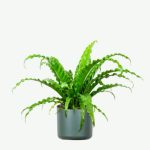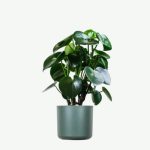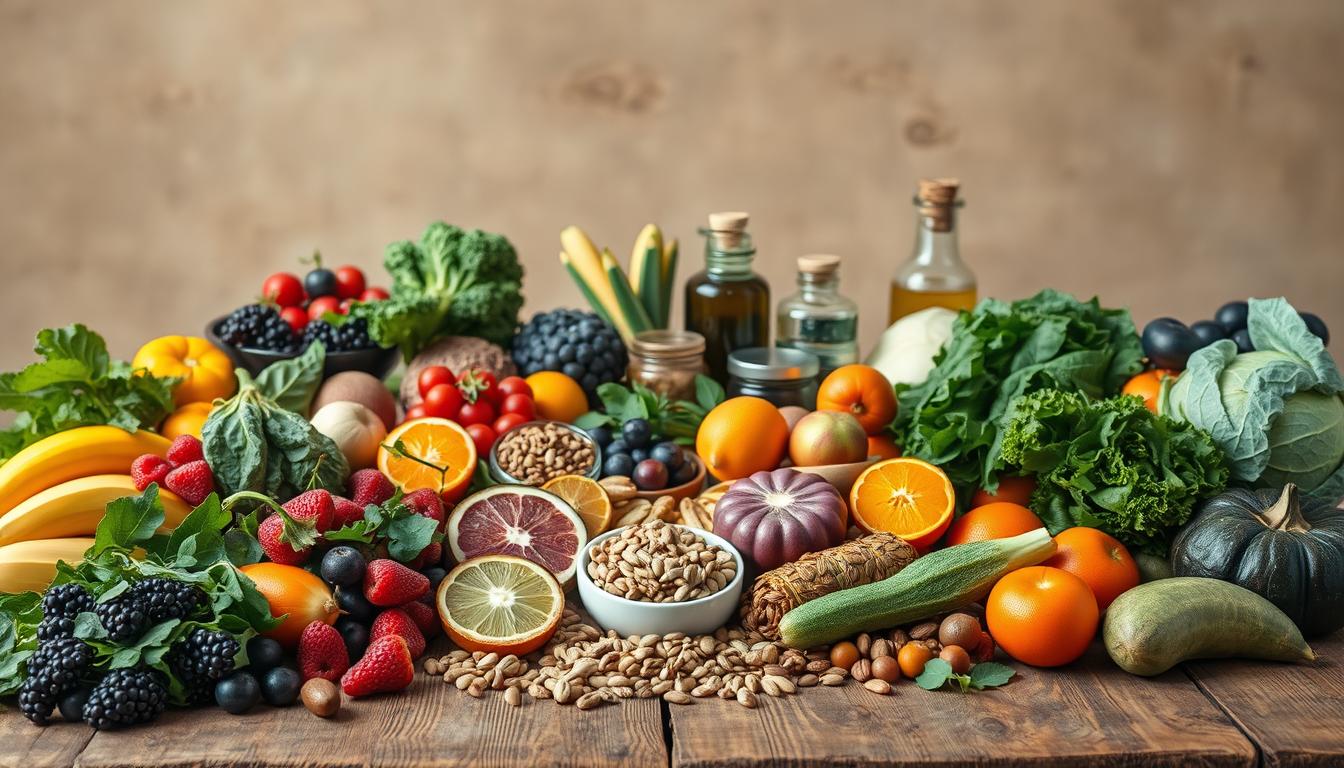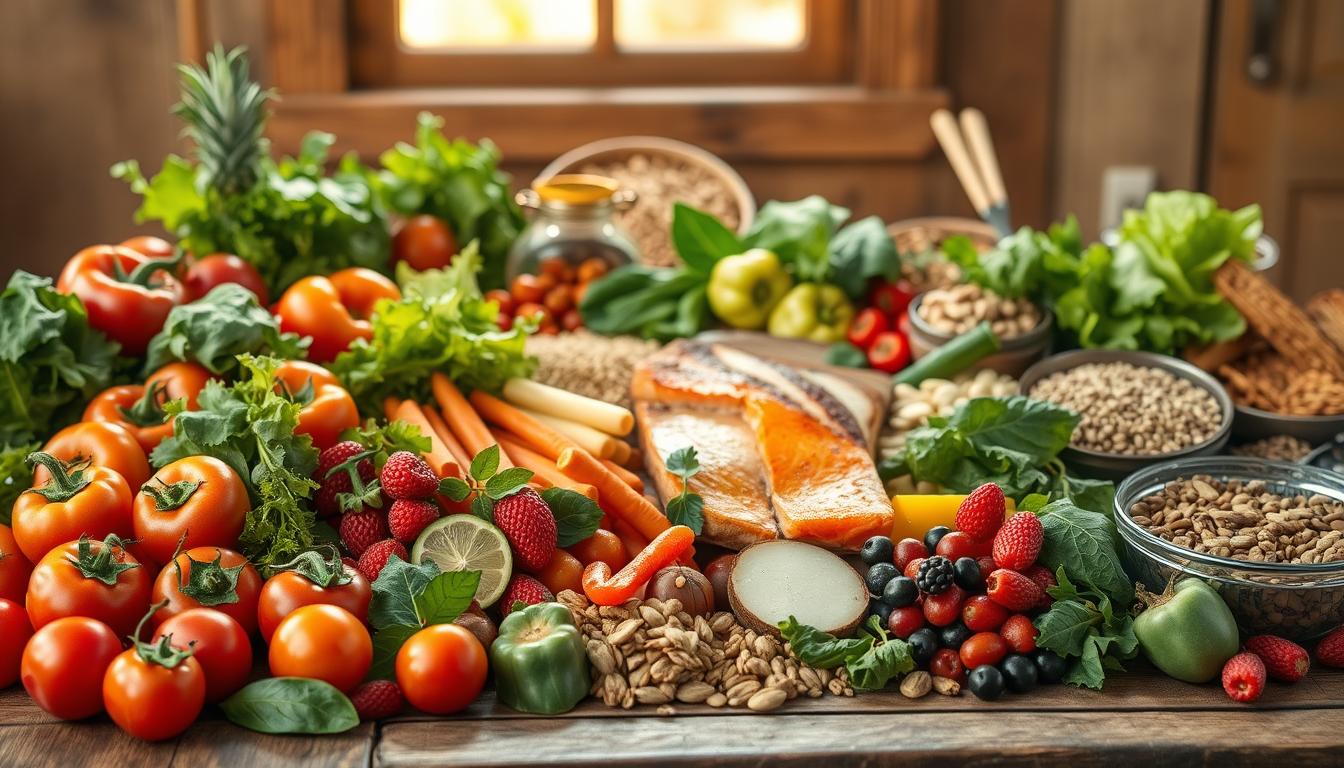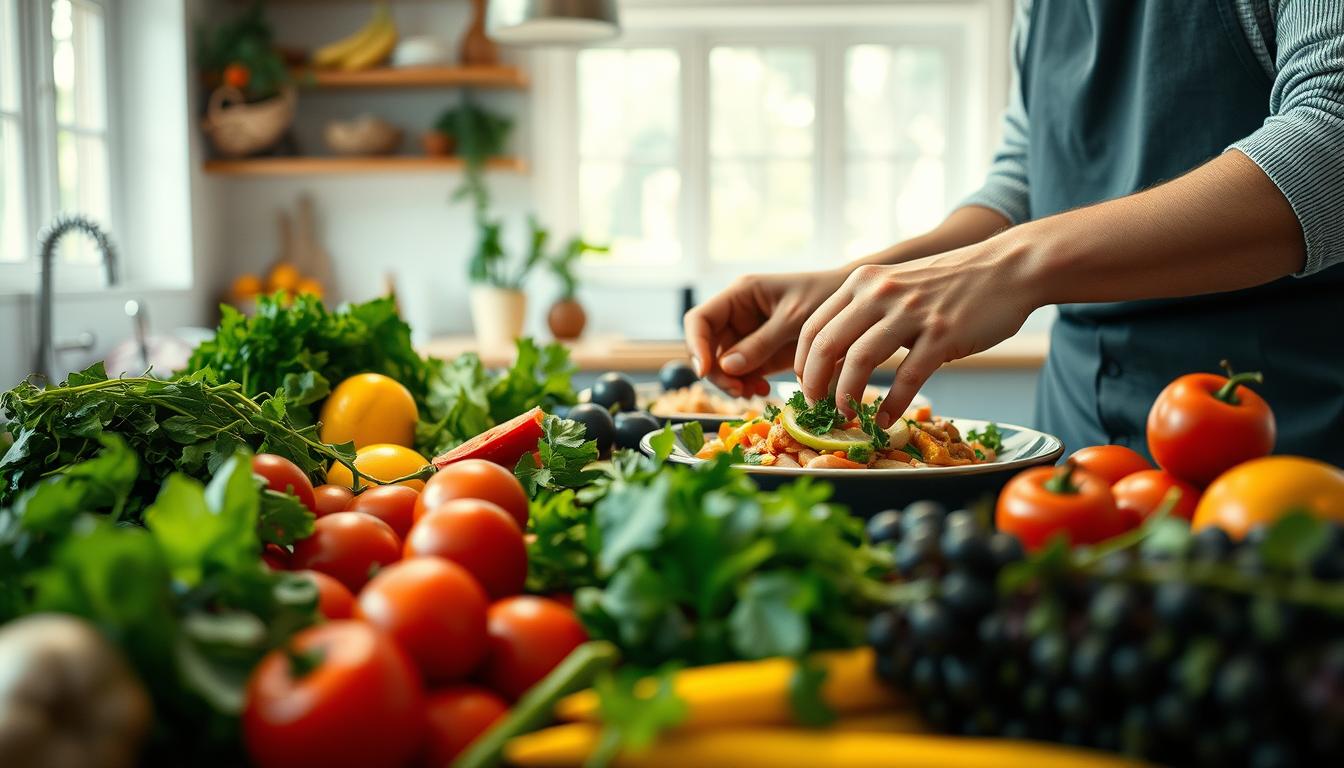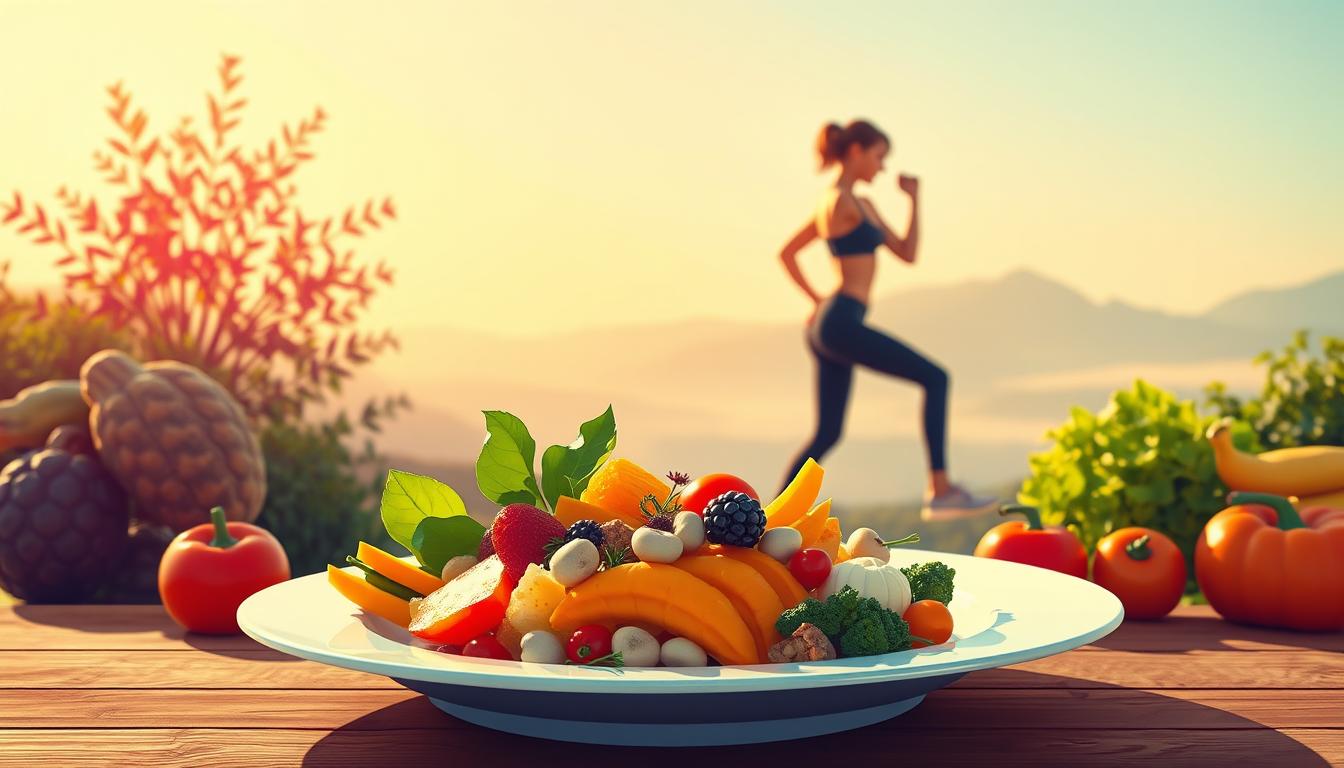Category
Recent Comments
Shop Categories
-
 Baby & Maternity22 products
Baby & Maternity22 products -
 Beauty & Health22 products
Beauty & Health22 products -
 Books & Media22 products
Books & Media22 products -
 Cell Phones & Accessories11 product
Cell Phones & Accessories11 product -
 Colors11 product
Colors11 product -
 Digital Products22 products
Digital Products22 products -
 Featured44 products
Featured44 products -
 Fun11 product
Fun11 product -
 Health & Household33 products
Health & Household33 products -
 Jewelry & Accessories22 products
Jewelry & Accessories22 products -
 Kids' Fashion11 product
Kids' Fashion11 product -
 Preschool Learning11 product
Preschool Learning11 product -
 Sports & Outdoors33 products
Sports & Outdoors33 products -
 Toys & Games22 products
Toys & Games22 products -
 Most Popular66 products
Most Popular66 products -
 New Arrival55 products
New Arrival55 products -
 On Sale77 products
On Sale77 products
Popular
-
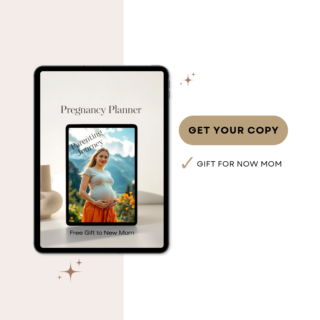 Free Parenting Journey Planner: Doctor Visits & Baby Prep
Free Parenting Journey Planner: Doctor Visits & Baby Prep
5.00 $Original price was: 5.00 $.0.00 $Current price is: 0.00 $. -
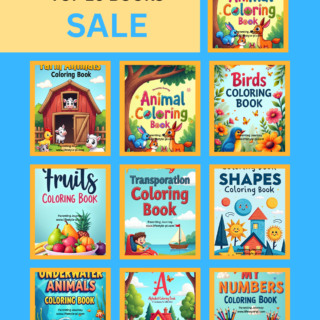 Top 10 Preschool Coloring Book Bundle
Top 10 Preschool Coloring Book Bundle
50.00 $Original price was: 50.00 $.14.99 $Current price is: 14.99 $. -
 86pcs/set Elegant Retro Earrings, Multi-layer Necklace, Earrings, Rings, Four-in-one Multi-piece Jewelry Set for Women, Ideal for Daily Outing, Commuting, Mother's Day, Valentine's Day Gifts, No Box
Rated 5.00 out of 5
86pcs/set Elegant Retro Earrings, Multi-layer Necklace, Earrings, Rings, Four-in-one Multi-piece Jewelry Set for Women, Ideal for Daily Outing, Commuting, Mother's Day, Valentine's Day Gifts, No Box
Rated 5.00 out of 514.99 $Original price was: 14.99 $.4.17 $Current price is: 4.17 $. -
 Smiling in the Sky Kite with Free Flying String - Durable Polyester, Mixed Colors, Perfect for Outdoor Fun
Rated 5.00 out of 5
Smiling in the Sky Kite with Free Flying String - Durable Polyester, Mixed Colors, Perfect for Outdoor Fun
Rated 5.00 out of 56.99 $Original price was: 6.99 $.1.35 $Current price is: 1.35 $. -
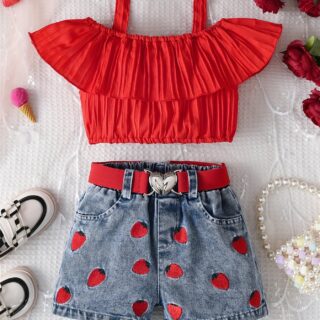 Chic Girls' Summer Outfit Set: Strawberry Embroidered Off-Shoulder Top & Heart Belted Shorts - Breathable Polyester, Machine Washable, Perfect for Outdoor
Rated 5.00 out of 5
Chic Girls' Summer Outfit Set: Strawberry Embroidered Off-Shoulder Top & Heart Belted Shorts - Breathable Polyester, Machine Washable, Perfect for Outdoor
Rated 5.00 out of 519.89 $Original price was: 19.89 $.6.39 $Current price is: 6.39 $. -
 1pc Frameless Oversized Gradient Fashion Glasses for Women, Polygonal Metal Hinge, PC Lens, Fashionable UV Protection Eyewear for Outdoor Activities
Rated 5.00 out of 5
1pc Frameless Oversized Gradient Fashion Glasses for Women, Polygonal Metal Hinge, PC Lens, Fashionable UV Protection Eyewear for Outdoor Activities
Rated 5.00 out of 53.47 $Original price was: 3.47 $.2.05 $Current price is: 2.05 $.
Tag Clouds
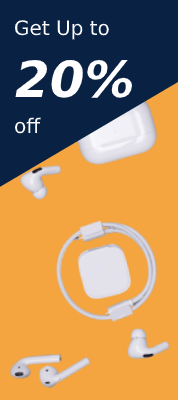
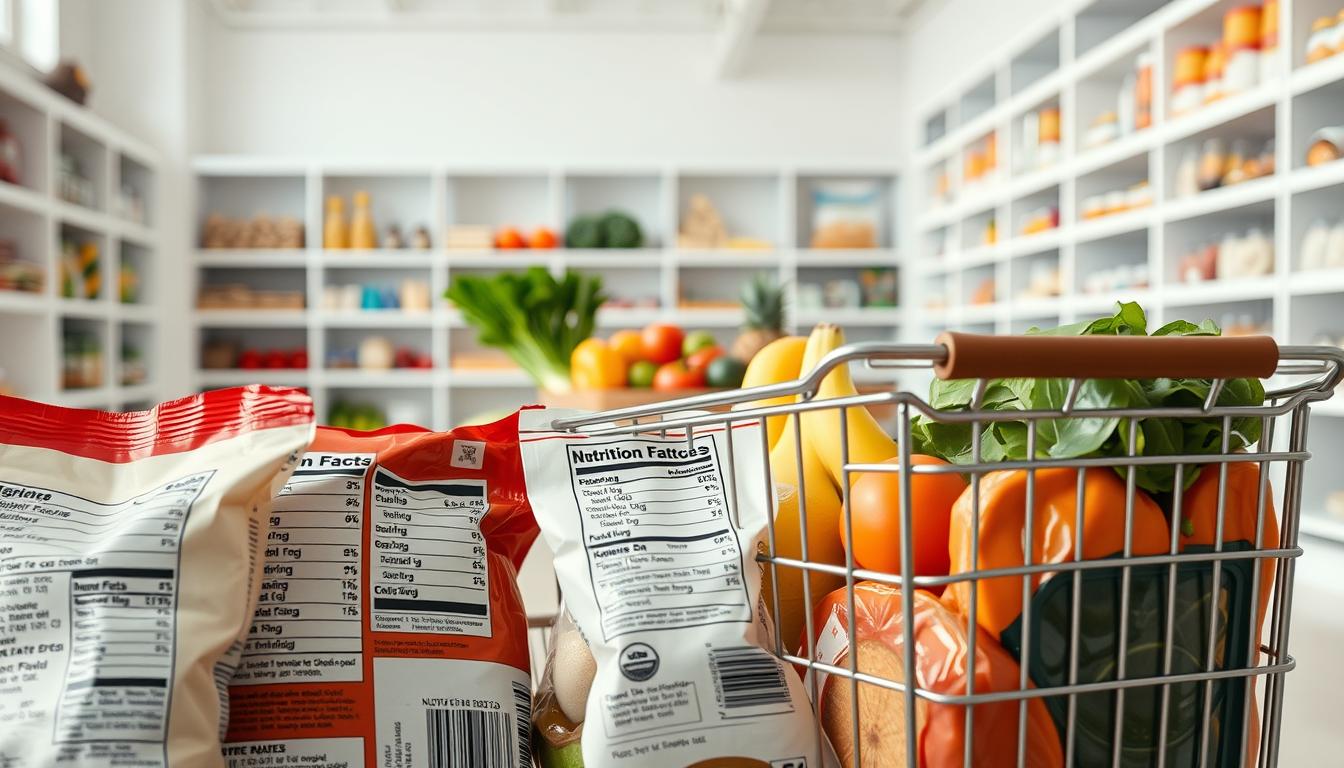
Ever wondered why some foods seem healthy but don’t feel right? Today’s grocery stores are full of colorful packages and big claims. But knowing how to read food labels is key to making choices that are good for you. This guide will help you understand food labels and shop smarter for your health.
- Understanding food labels helps you make informed dietary choices.
- Colorful packaging can mislead; focus on the facts.
- Serving sizes are key to knowing how much you eat.
- Watch for calories, fats, and sugars for a balanced diet.
- Ingredient lists show the quality of the product.
- Percent Daily Values (%DV) help you meet your nutrient needs.
Why Understanding Food Labels is Essential for Healthy Choices
Understanding food labels is key for making healthy choices. It helps you quickly find good products in the store. This is great for people watching their weight or following special diets.
Nutrition labels show you what’s good for you. They help you spot healthy foods and avoid bad ones. With so many tempting ads, knowing how to read labels is very important.
Smart shopping means picking foods that are good for you. Thanks to labels, you can make choices that help your health. Choose wisely for your well-being.
The Front of the Pack: Marketing vs. Reality

When you walk through grocery aisles, the bright food packaging catches your eye. Labels say “low-fat,” “organic,” or “natural.” These tricks aim to look good but might not be true.
It’s easy to get fooled by these labels. But they might hide the real health of the product. Always check the Nutrition Facts panel and ingredient list.
By doing this, you can make better choices. This way, you pick foods that are really good for you.
Not every label is honest. Learning to spot these tricks helps you find the real healthy foods. This way, you make choices that are good for you.
The Nutrition Facts Panel: Your Data Hub

The Nutrition Facts panel is key on food packaging. It’s your main data hub for knowing what’s in your food. It shows serving size and calories per serving, helping you keep track of what you eat.
Knowing these details helps you make smart choices. It shows how a serving fits into your daily diet.
To read food labels effectively, look at more than just calories. Check the amounts of important nutrients too. Here are some important things to notice:
- Serving size: Know what one serving is.
- Calories: Watch how many calories you get per serving.
- Nutrients: See how much of the good stuff you’re getting.
- Daily values: Find out how a serving fits into your daily needs.
With this nutrition information guide, you can choose food wisely. The more you know about the Nutrition Facts panel, the better you’ll pick food that’s good for you.
Understanding Food Labels: Decoding the Serving Size

The serving size is often ignored on nutrition labels. It’s the base for all nutrition info. Knowing the serving size is key when deciphering food labels. For example, if a package says 200 calories per serving, that’s only true for one serving. Eating the whole bag can mean much more calories.
Here are important points about serving sizes:
- Always check the number of servings per container.
- Adjust nutritional values based on the portion you plan to eat. For example, doubling the serving size means you should double the calories, fats, and other components.
- Recognize that serving sizes can differ from what you typically eat. A typical serving of snacks may be just a handful, while most people might consume the entire bag in one go.
Understanding these factors helps in a proper food label breakdown. It lets you make smart choices while shopping. Knowing your actual intake helps you eat healthier and manage your nutrition better.
Check the Calories: How They Affect Your Daily Intake

Calories are more than just numbers. They show the energy you get from food. Knowing the calorie content of what you eat is key for staying healthy. It helps if you want to lose weight, gain muscle, or stay the same.
Before picking what to eat, figure out your daily calorie needs. Your needs change based on your age, gender, how active you are, and your goals. Knowing your energy needs helps you plan your diet right. This way, you eat the right amount for you.
When you go shopping, look at the calories per serving on labels. This helps you make informed food choices. For instance, a snack might look harmless but have lots of calories. Checking these details helps you choose better, keeping your diet balanced.
Examining Nutritional Content: Fats, Sugars, and More

Looking at the nutritional content of foods helps you make smart choices. The amount of fat and sugar is key for a healthy diet. When you check nutrition labels, watch out for total fats, including saturated and trans fats. Too much of these can harm your health.
Choosing foods with good fats, like nuts and avocados, is good for you. But, fats and sugars can be tricky. Added sugars hide in many foods, adding lots of calories but no good nutrients. Being careful about these helps keep you healthy.
To really get understanding nutrition labels, look at what’s in the food. Carbs and proteins are just as important. Knowing how they fit into your diet helps you make better choices. Eating foods that are good for you keeps you healthy.
Decoding Food Labels: Guide to Healthy Shopping Choices

Understanding food labels is key to a healthy shopping guide. When you learn to read labels, you make better diet choices. Start by looking at the serving size. It affects calorie counts and nutritional values.
While shopping, check for total fats, sugars, and vitamins. Knowing these helps you make smart choices. A quick look at the nutrition facts can show hidden ingredients or too many additives.
Don’t just look at calories. Check the sugar and sodium levels too. Reading labels fully helps you pick foods that fit your health goals.
Beware of Added Sugars and Sodium: What to Look For

When you shop for packaged foods, watch out for added sugars and sodium. Many foods look healthy but have hidden sugars. Ingredients like “high fructose corn syrup” can hide in your diet.
Too much of these can harm your health. High sodium can raise blood pressure. Too many added sugars can lead to heart disease and diabetes. Here are some tips to help you choose better:
- Always check the list of ingredients for terms related to added sugars, such as “sucrose” or “glucose.”
- Look for sodium content on the nutrition facts panel, aiming for lower amounts to maintain heart health.
- Pay attention to portion sizes. A food could seem low in added sugars, but if you consume large quantities, the intake can add up.
Understanding Ingredient Lists: The Real Storyteller

When you look at ingredient lists, you learn what’s in your food. These lists show the order of ingredients by weight. So, the first ones are the most.
Try to find ingredients you know. A short list means it’s likely healthier. This is because you can easily understand what you’re eating.
Watch out for long lists with strange names. These might mean the food has lots of added stuff. Interpreting food packaging helps you make better choices. Choose foods with real ingredients for a healthy life.
Here are some tips for reading ingredient lists:
- Find whole foods like fruits and veggies at the start.
- Stay away from long lists with lots of additives.
- Learn about common preservatives and fillers to make smart choices.
Learning to read ingredient lists gives you power. Use this skill to pick better foods for you and your family. Let labels help you shop for healthier options.
Use Percent Daily Values (%DV) Wisely in Your Choices

Understanding percent daily values (%DV) is key to smart shopping. These values show how much a nutrient in one serving adds to your daily diet. Knowing this helps you pick foods that meet your nutritional needs well.
A %DV of 5% or less means a food is low in a nutrient. On the other hand, 20% or more means it’s high. This makes it easy to read nutrition labels.
- Focus on high %DV: Choose foods rich in nutrients like fiber, vitamins, and minerals.
- Avoid excess: Don’t eat too much of foods with high %DV of saturated fats and sodium.
- Balance your diet: Use %DV to compare similar products and pick the healthier one.
Knowing how to read food labels helps you make better choices. It leads you to a healthier diet.
Learning about food labels is important for everyone. It helps you make better choices at the store. You can pick healthier foods by knowing what’s in them.
When you shop, don’t just look at the pretty packaging. Check the nutrition facts and ingredients. This way, you know what you’re really buying.
Using what you’ve learned, you can control what you eat. This is a big step towards a healthier life. Next time you go shopping, use this knowledge to make good choices.
FAQ
What is the importance of reading food labels?
How can I tell if a product is truly healthy by its label?
What should I pay attention to in the Nutrition Facts panel?
What do Percent Daily Values (%DV) mean?
Why are ingredient lists important?
How can I identify added sugars and sodium in food products?
Can marketing claims on packaging be trusted?
How can I effectively balance calories in my diet?
Is it hard to learn how to read food labels?
Written by lana saleh
Best offers
Join Risk Free
Subscribe Now
100% Safe
Secure Shopping
24x7 Support
Online 24 hours
Best Offers
Grab Now
Free Shiping
On all order over
Know Us

Your go-to online destination for inspiration, guidance, and resources across various aspects of daily living, covering topics like wellness, style, home, relationships, personal development, and more, all aimed at helping you cultivate a fulfilling and intentional life
Read MoreRecent Posts


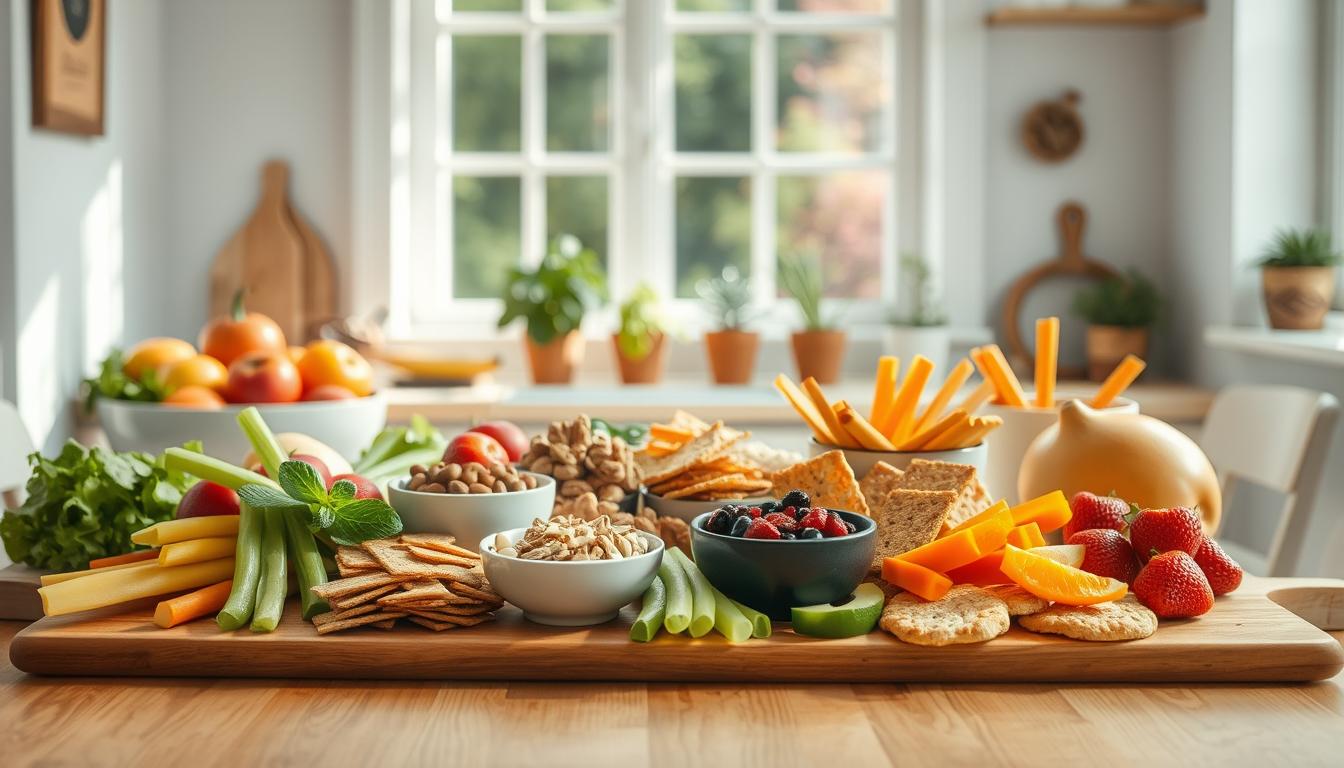
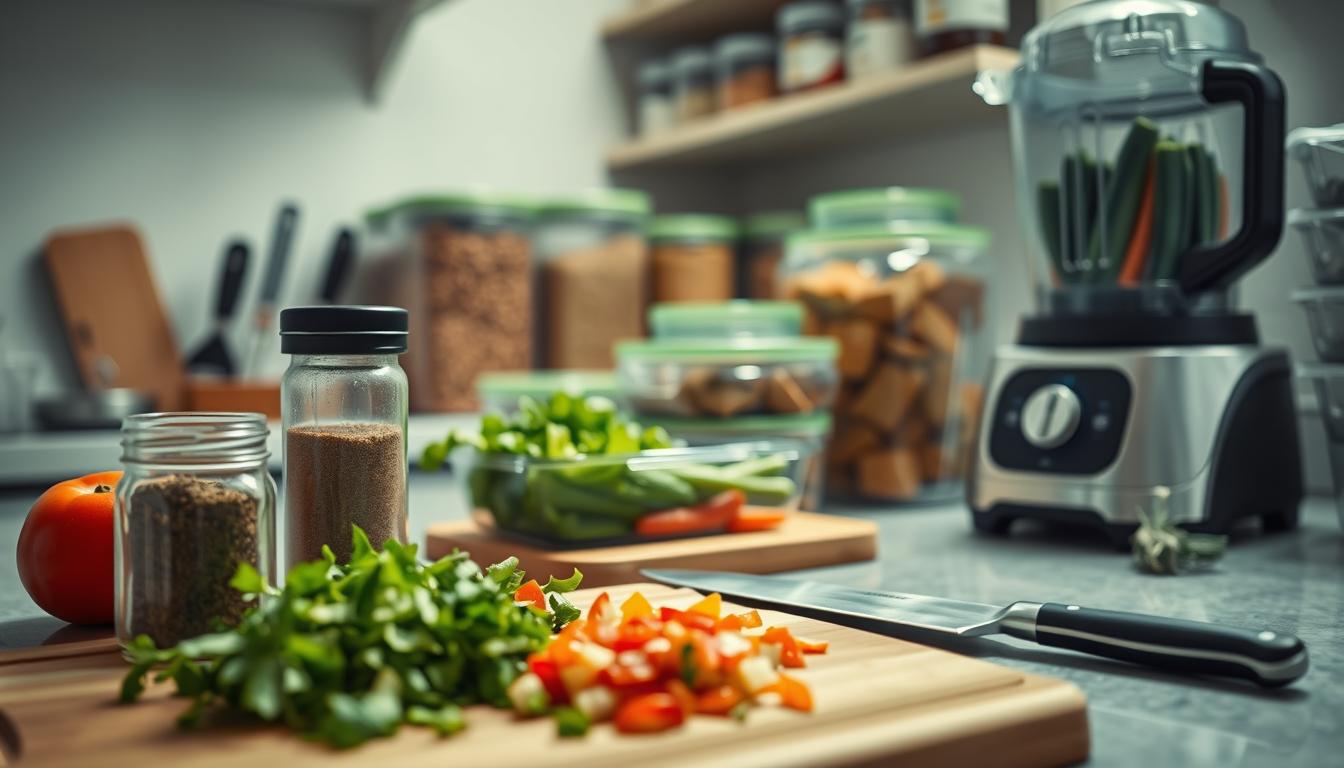









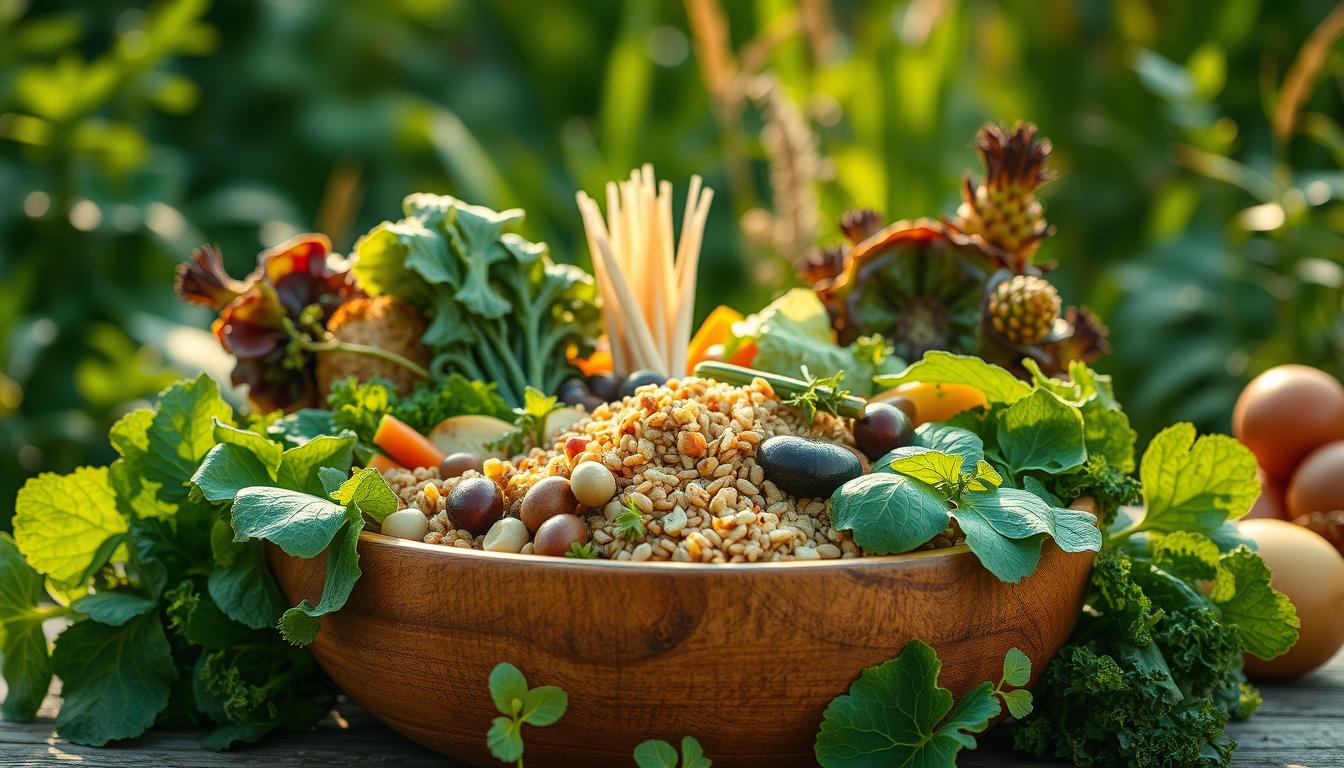

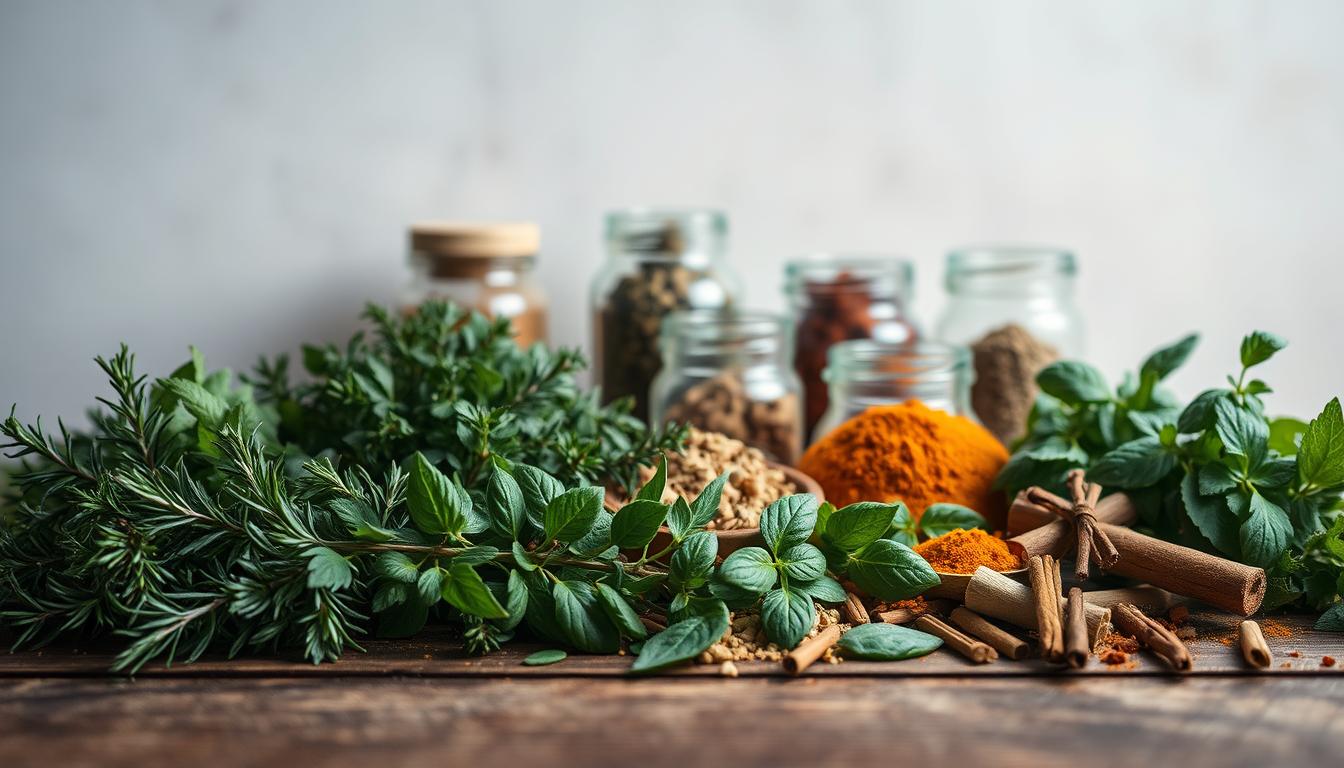
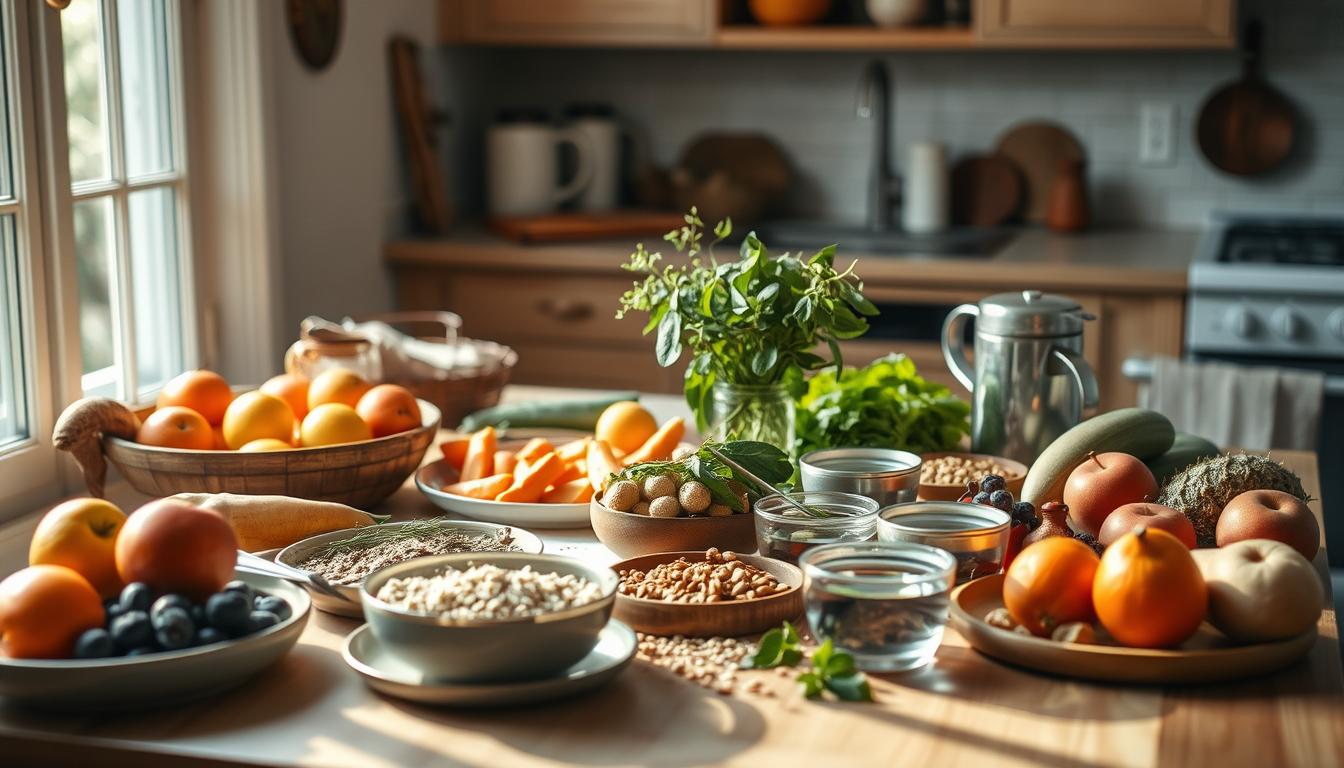
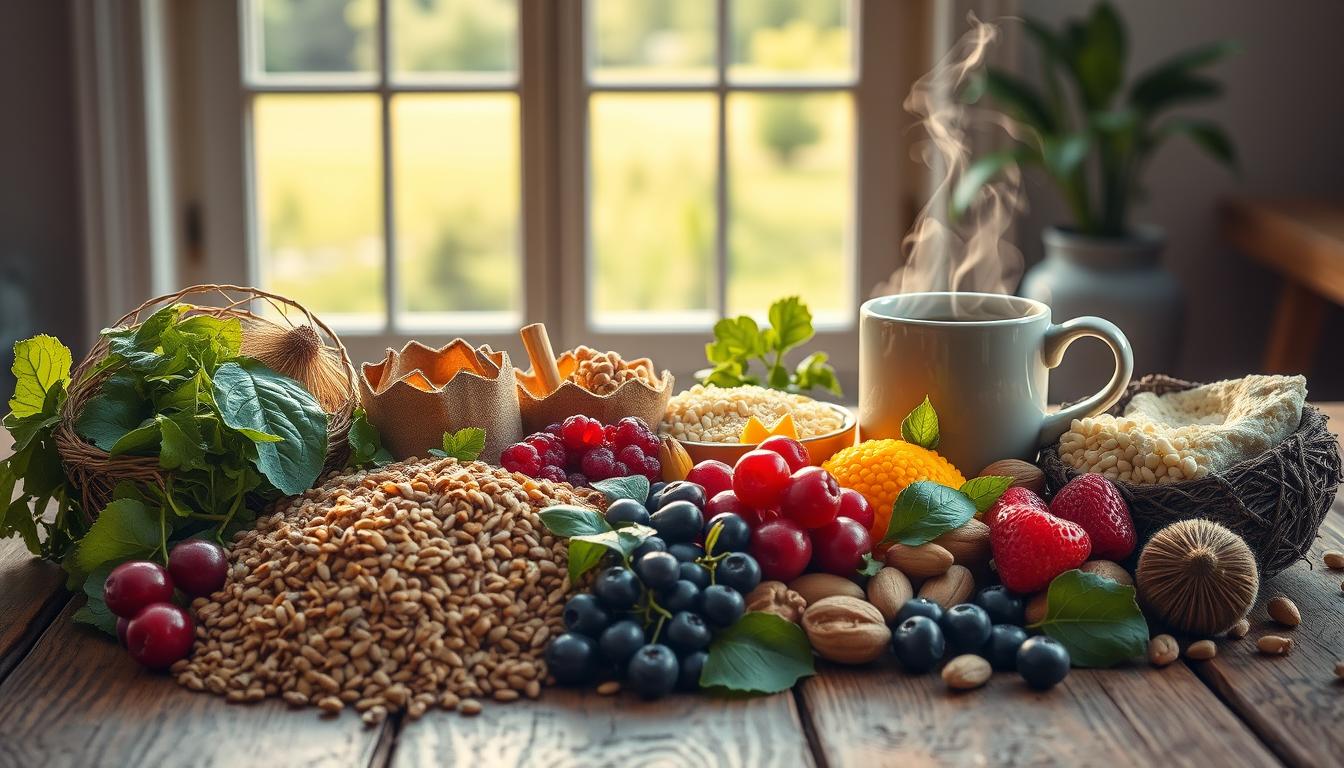
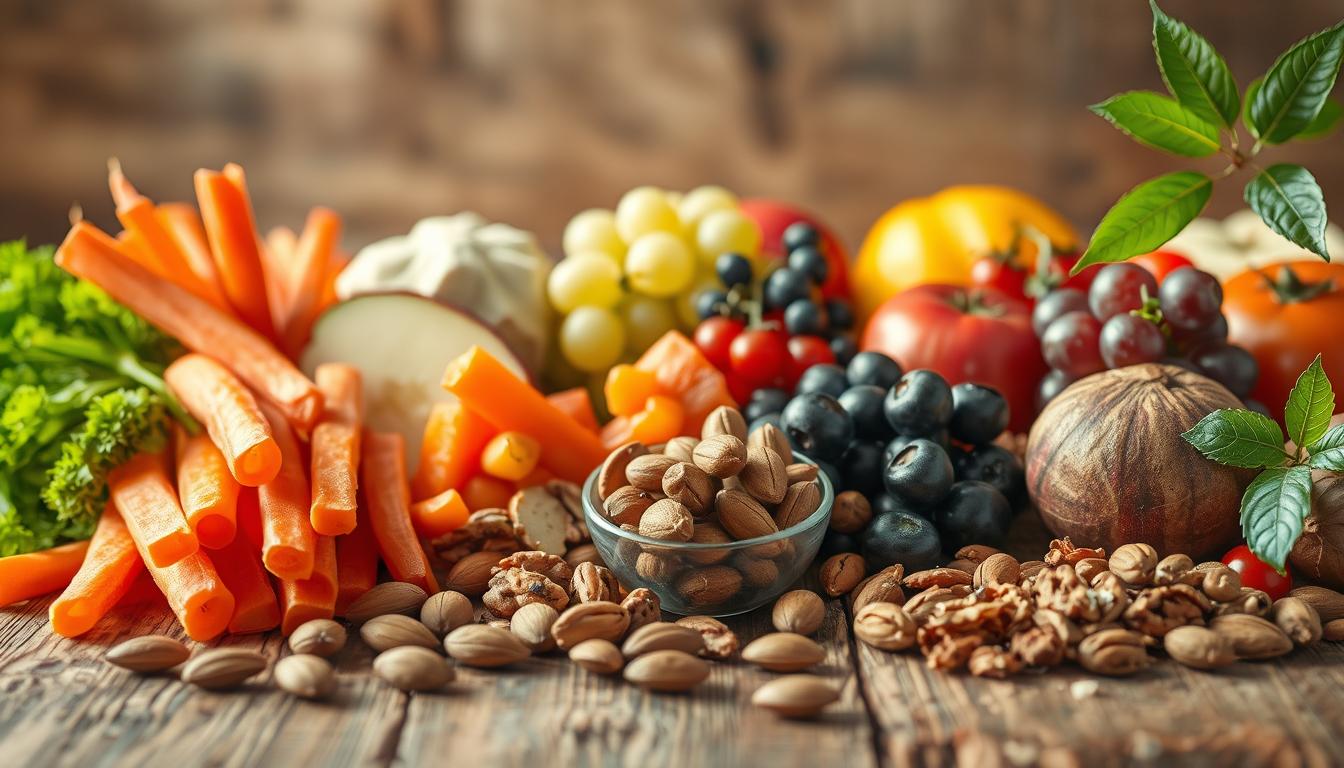
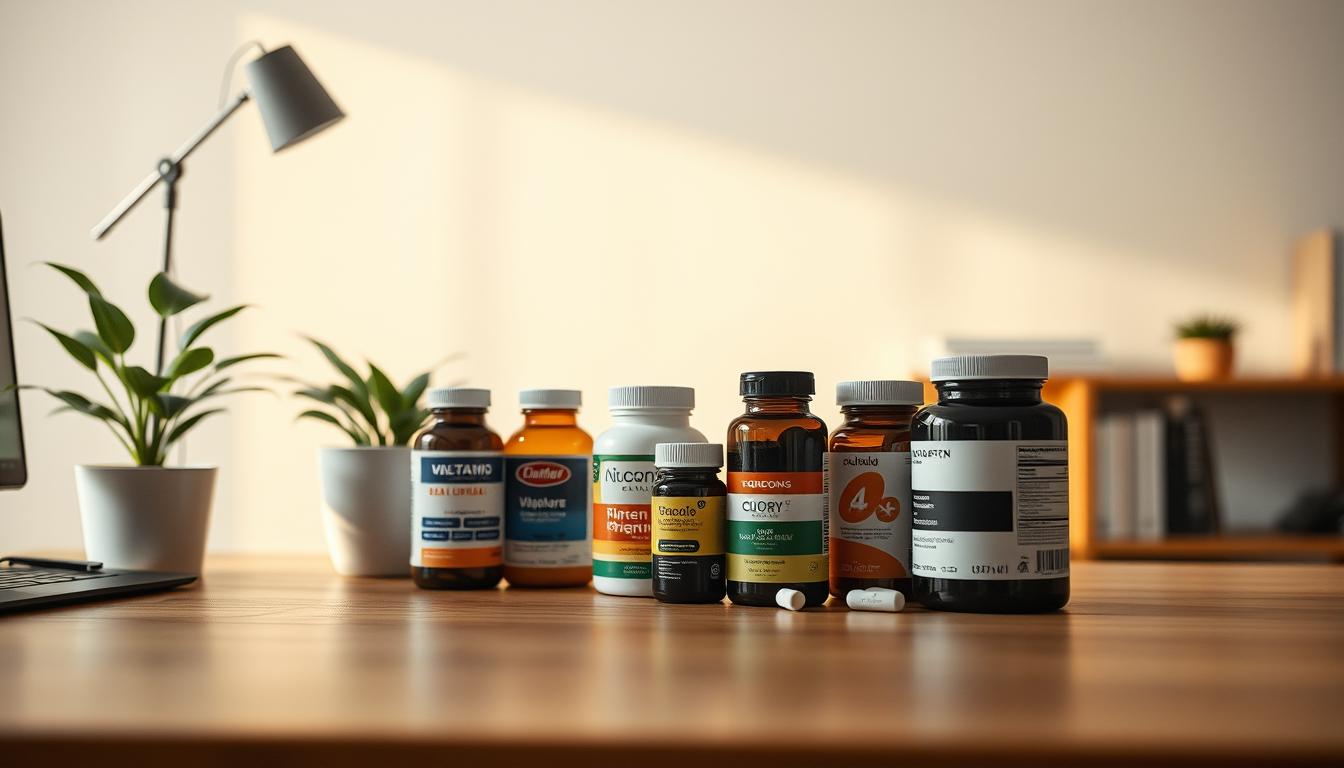

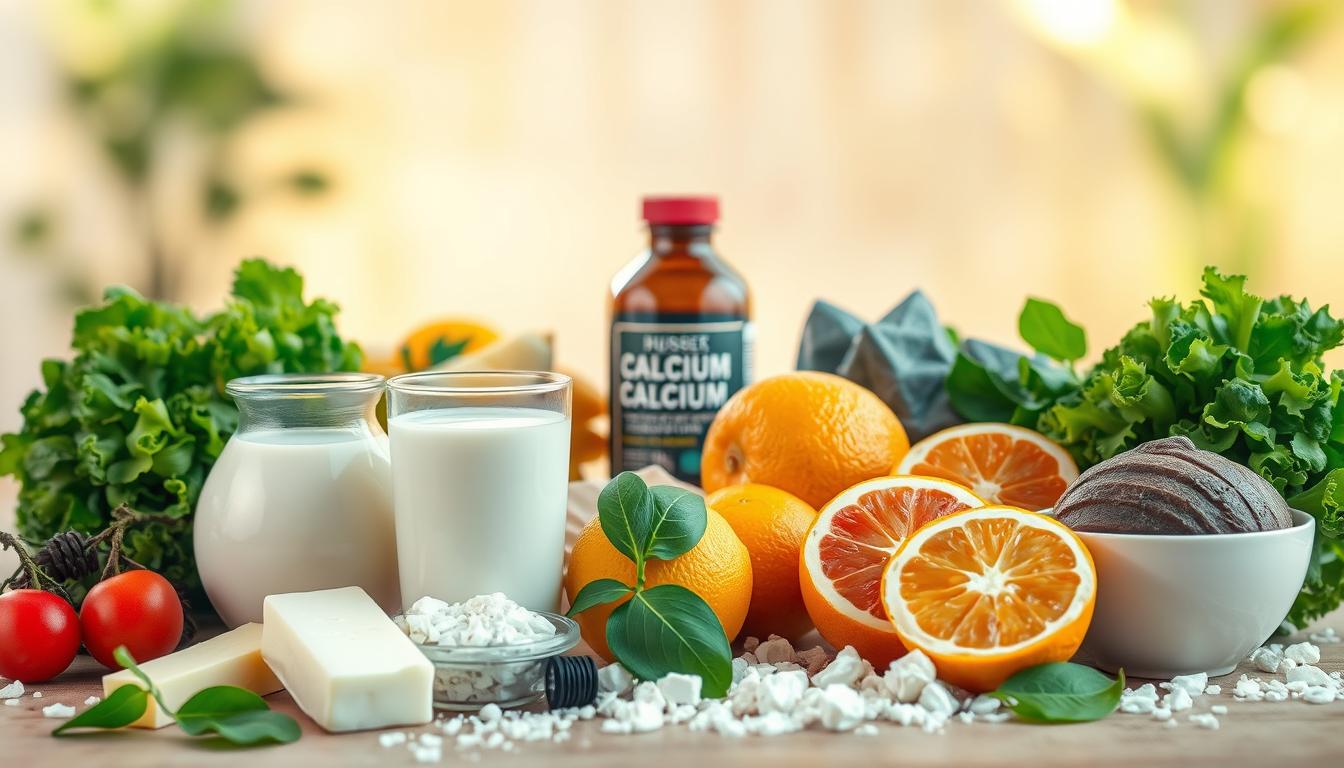
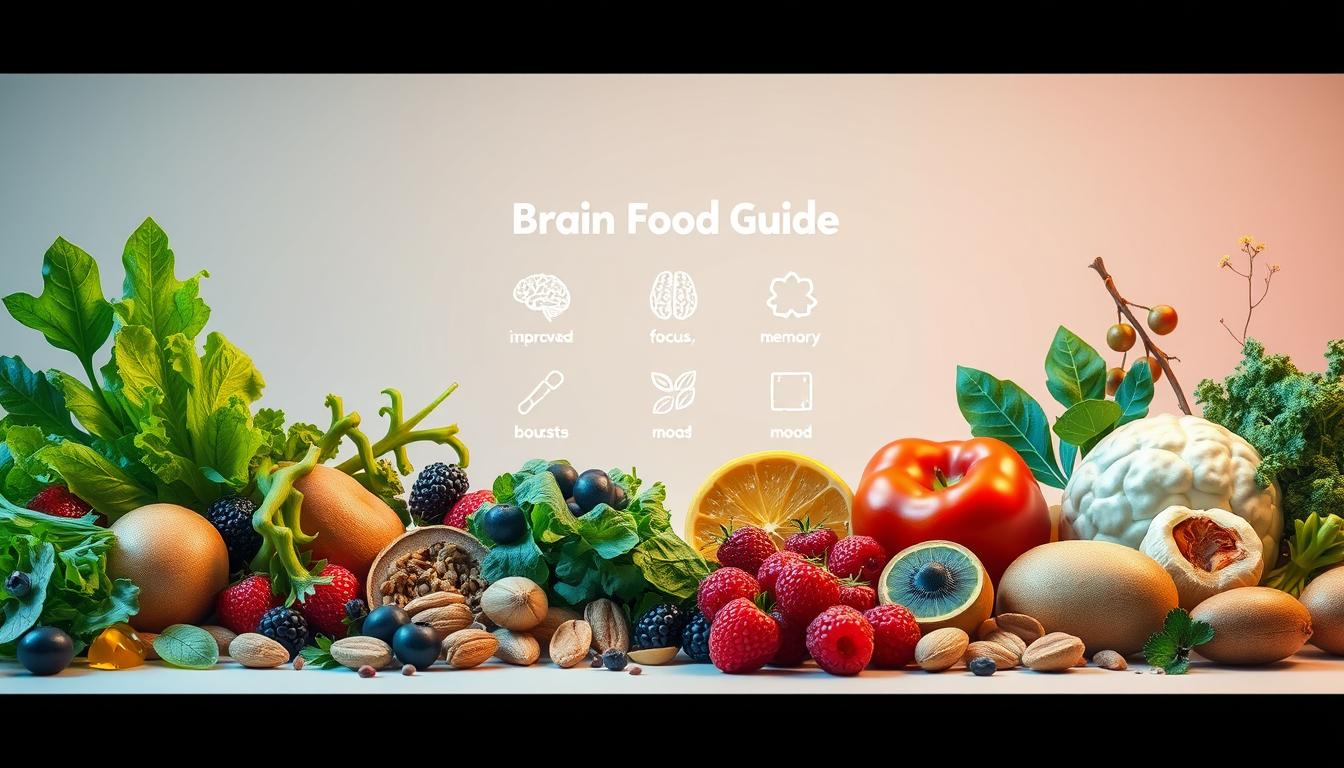
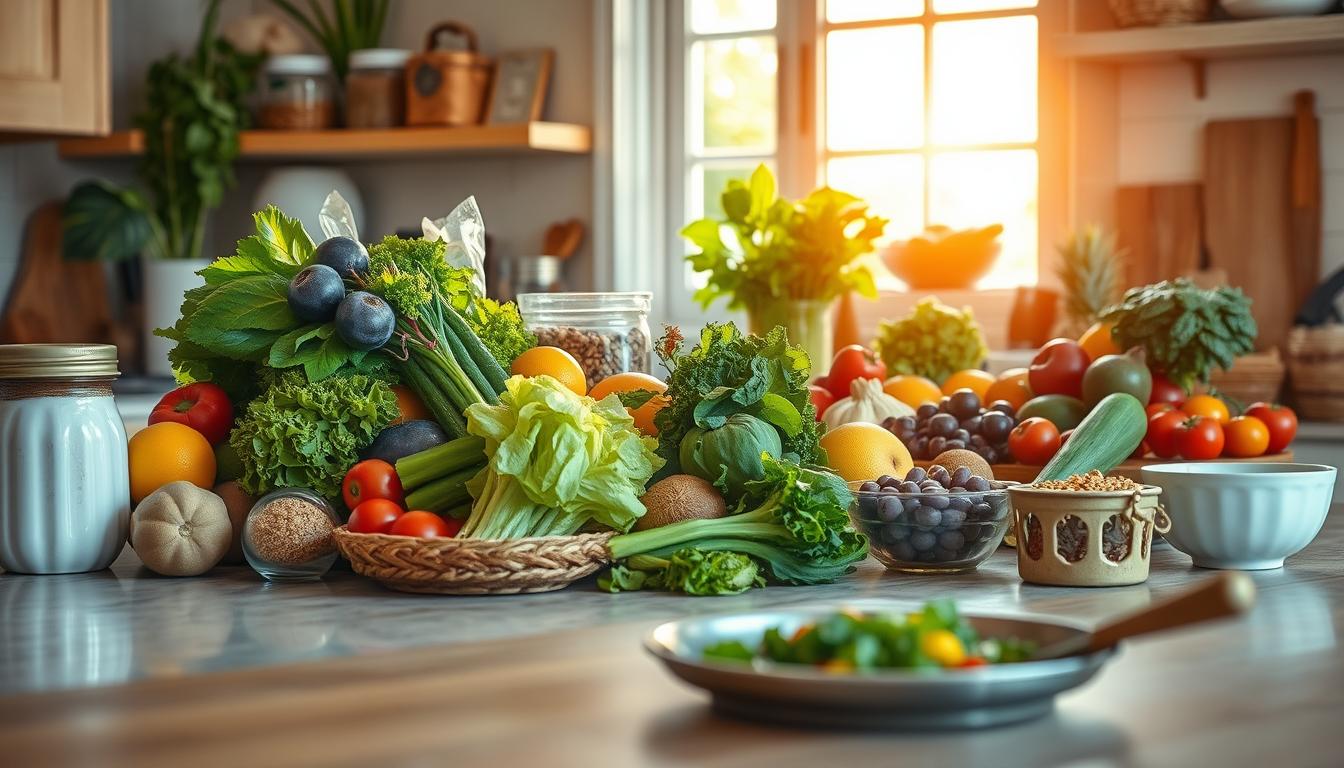
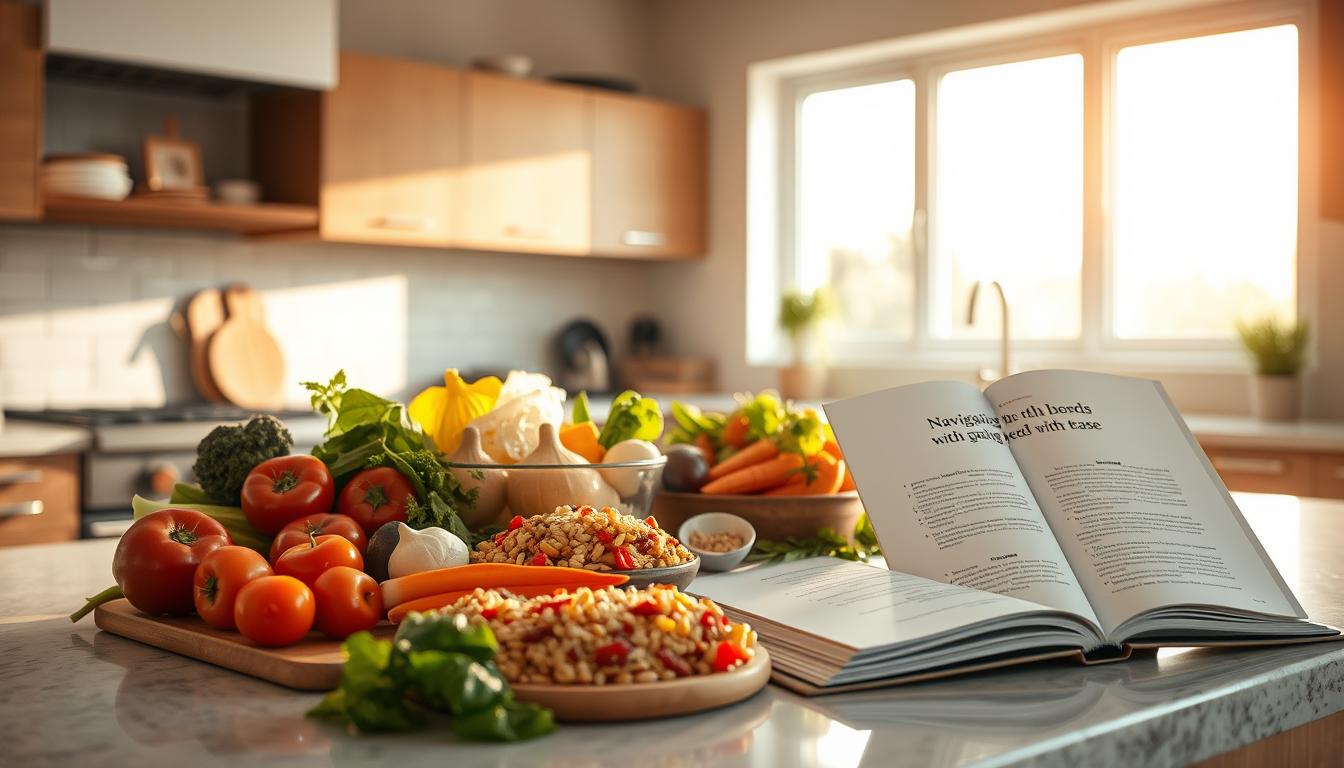

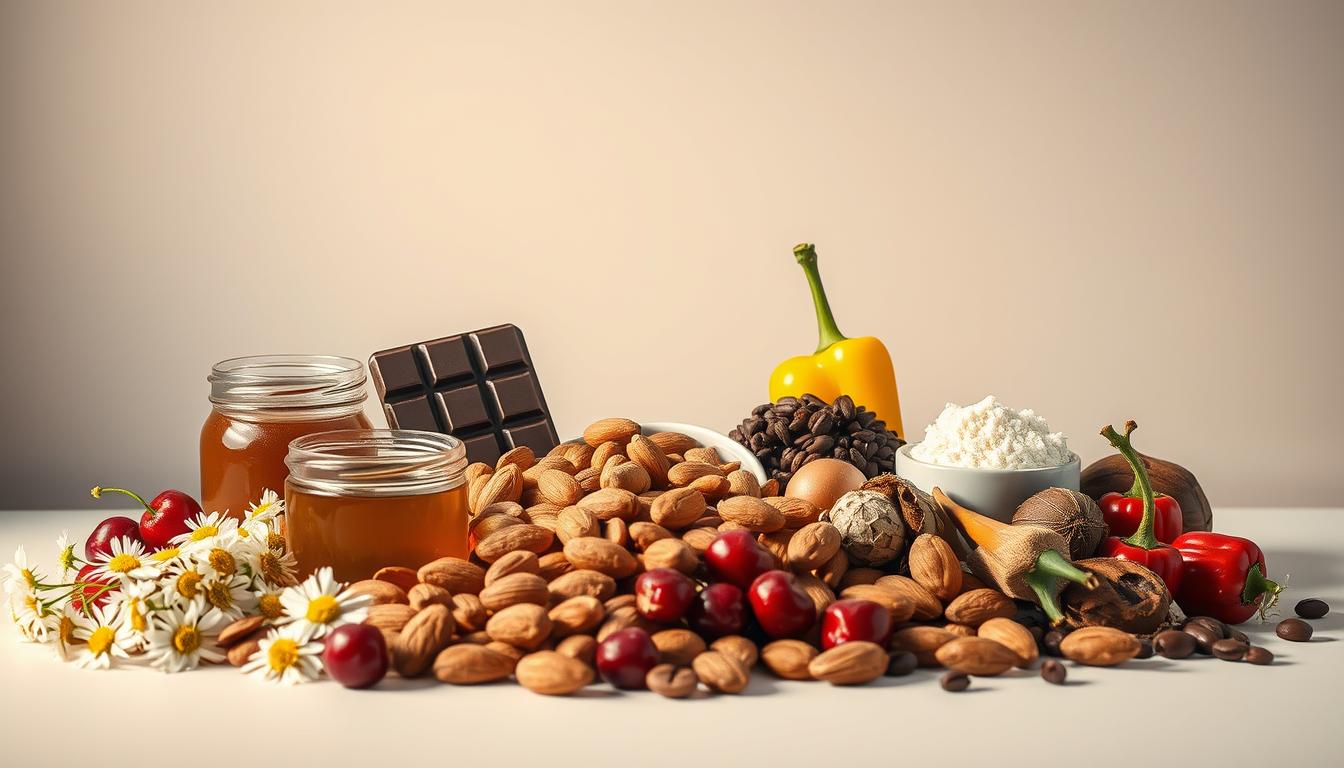


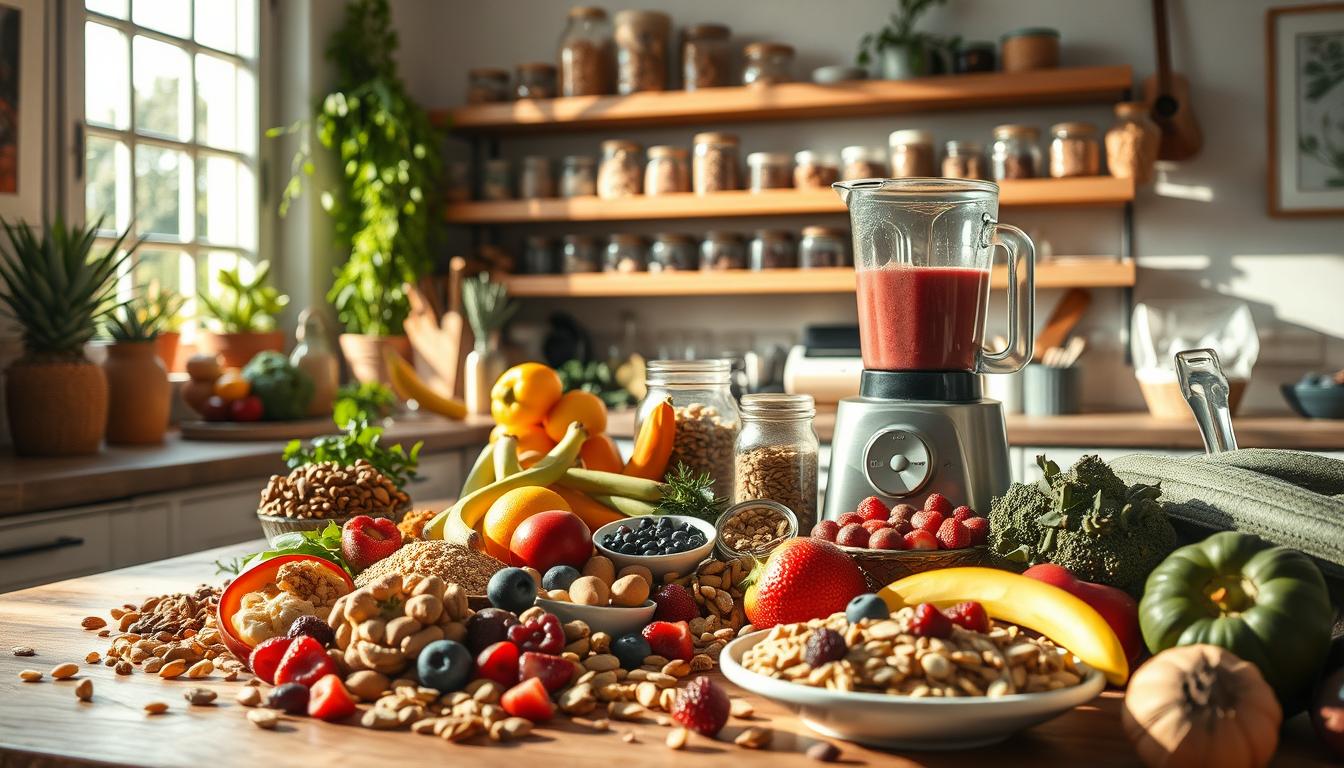
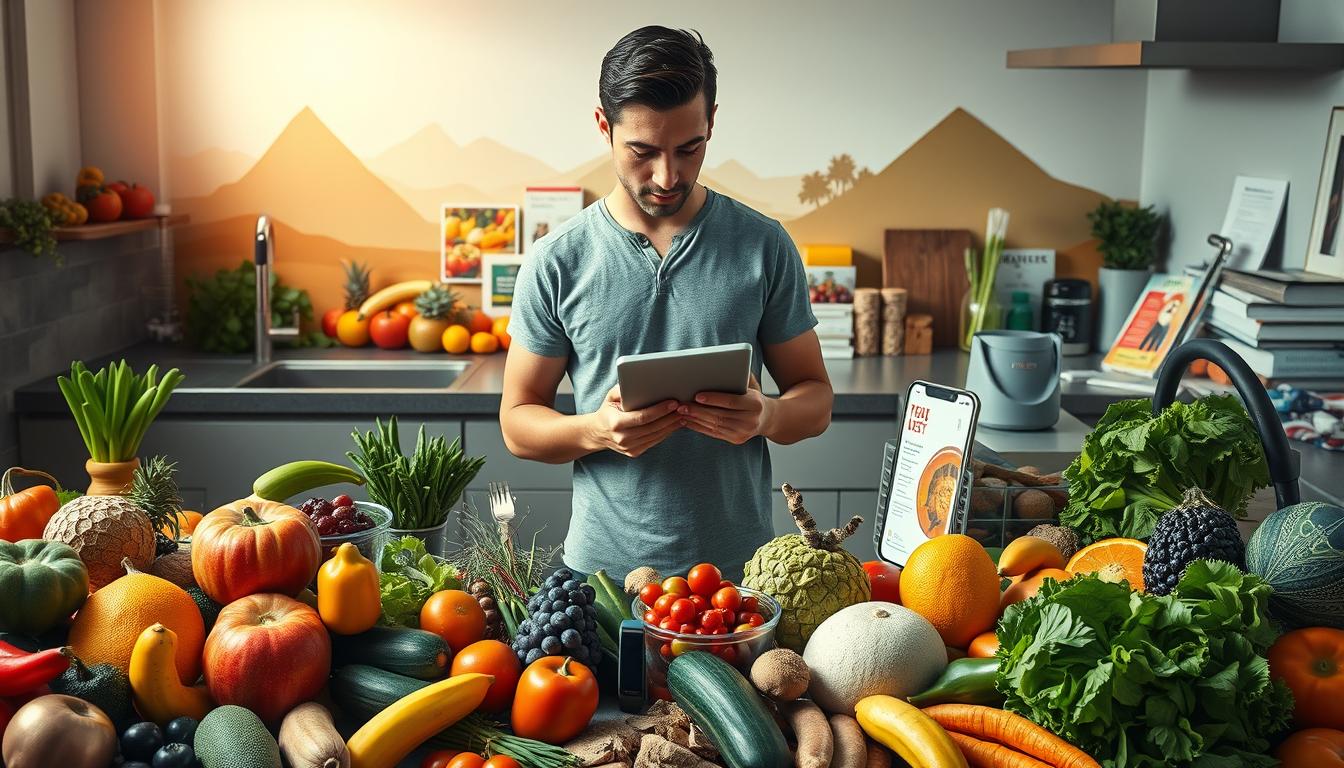

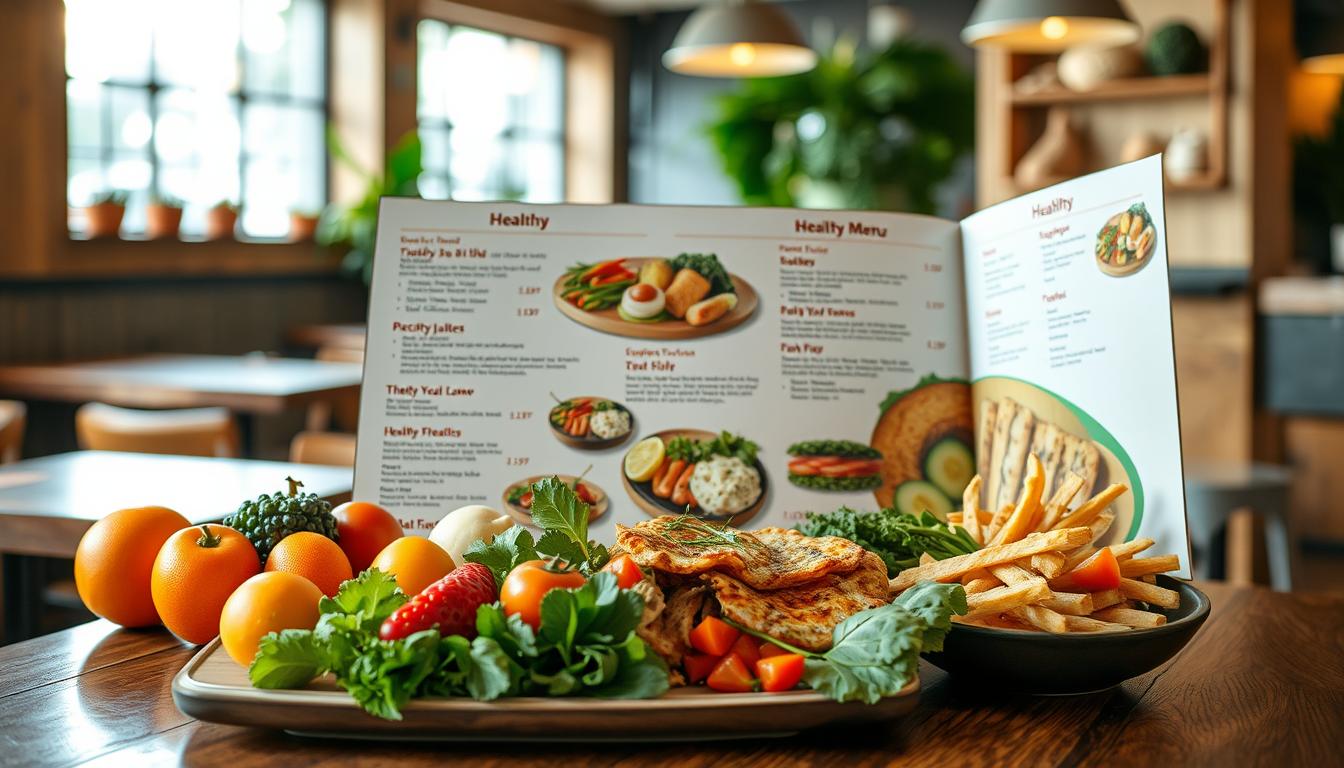


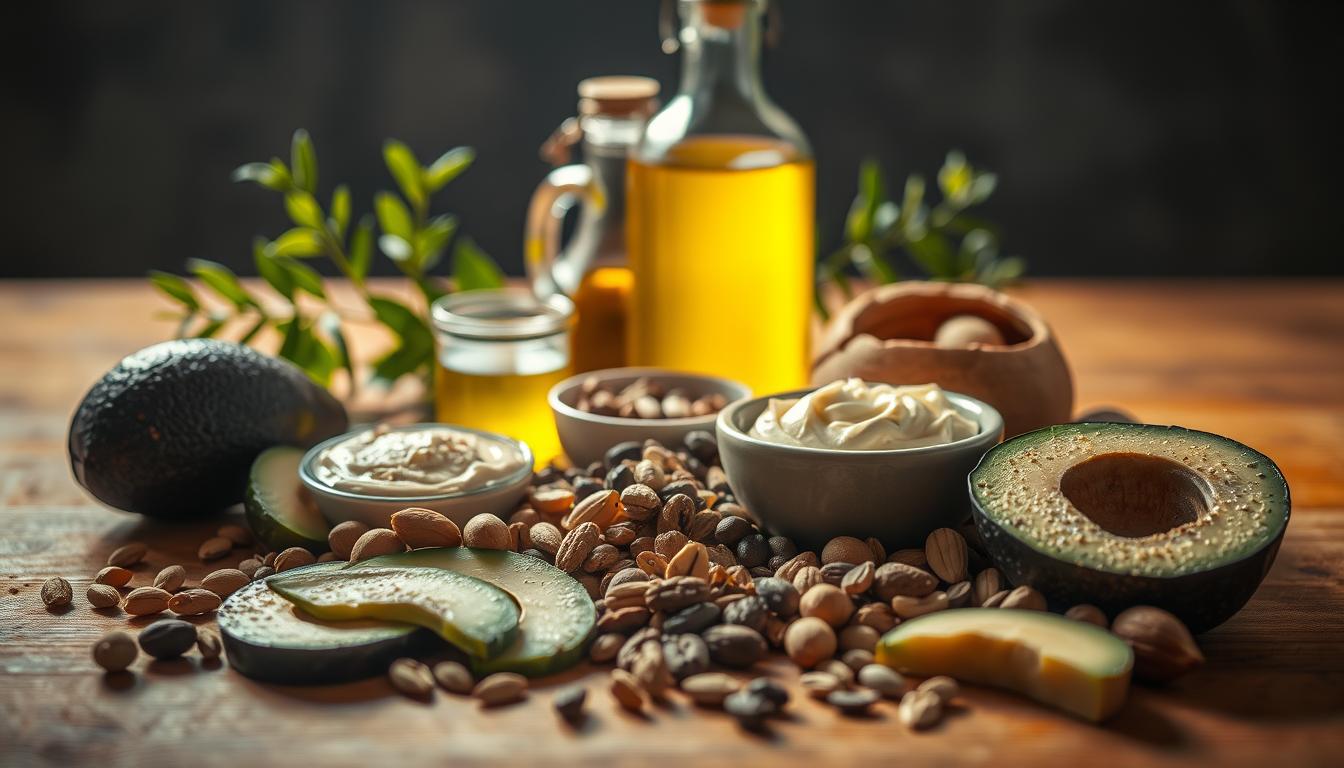


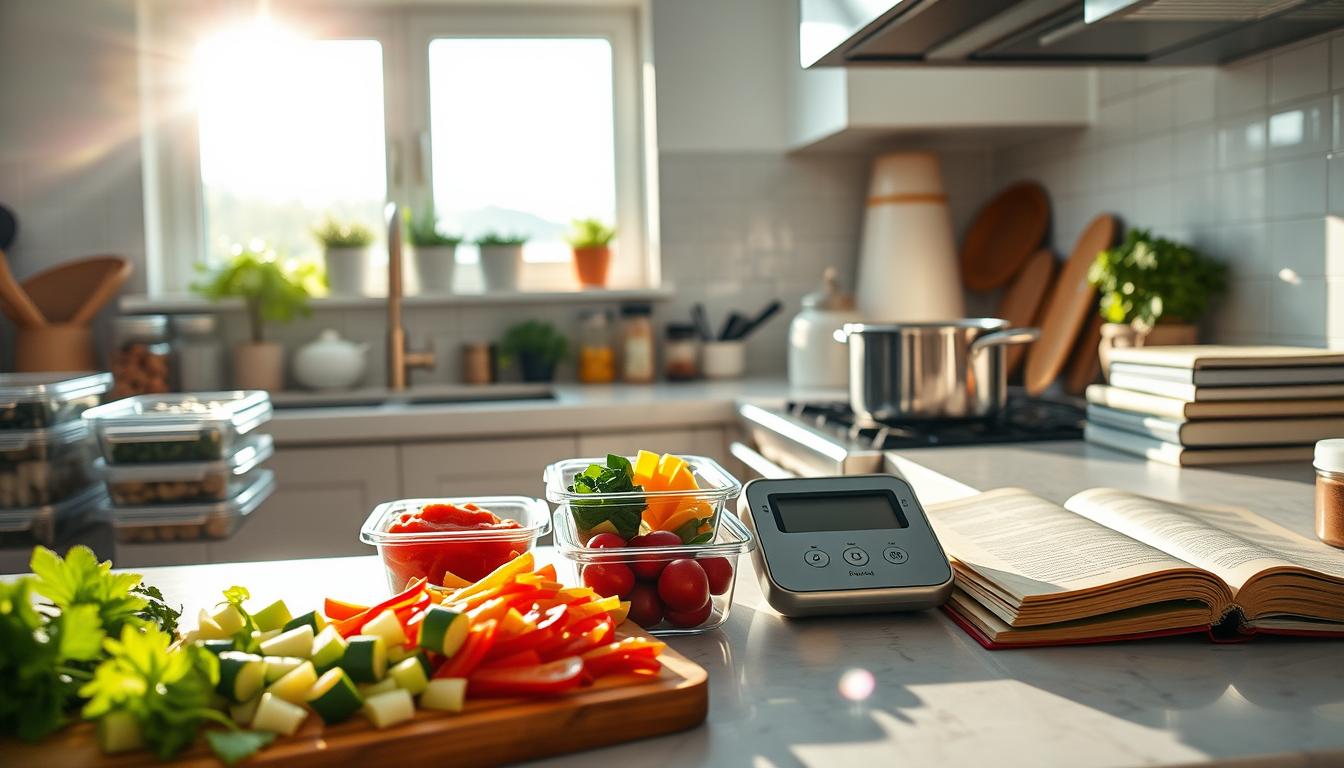


Product Showcase

